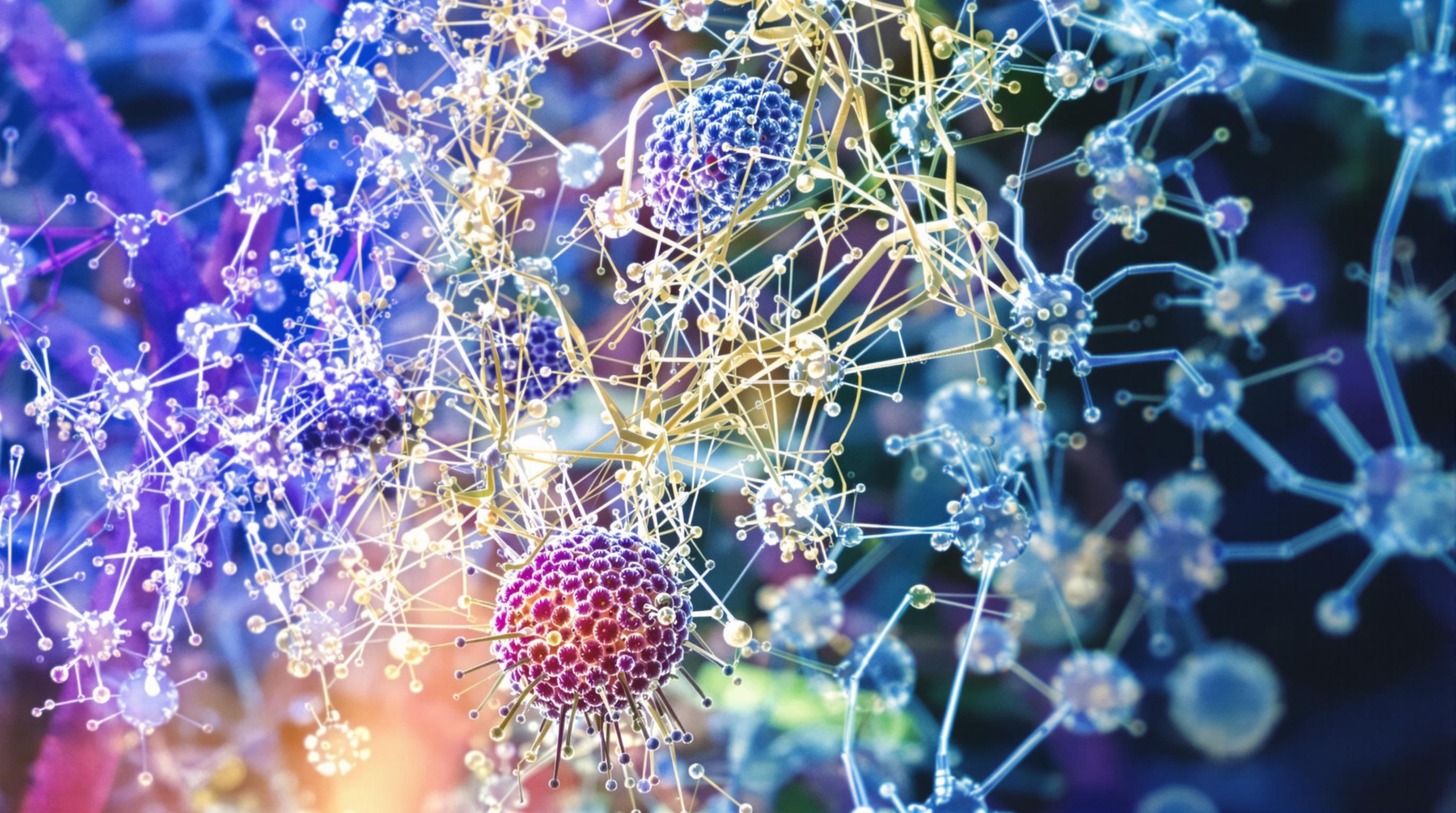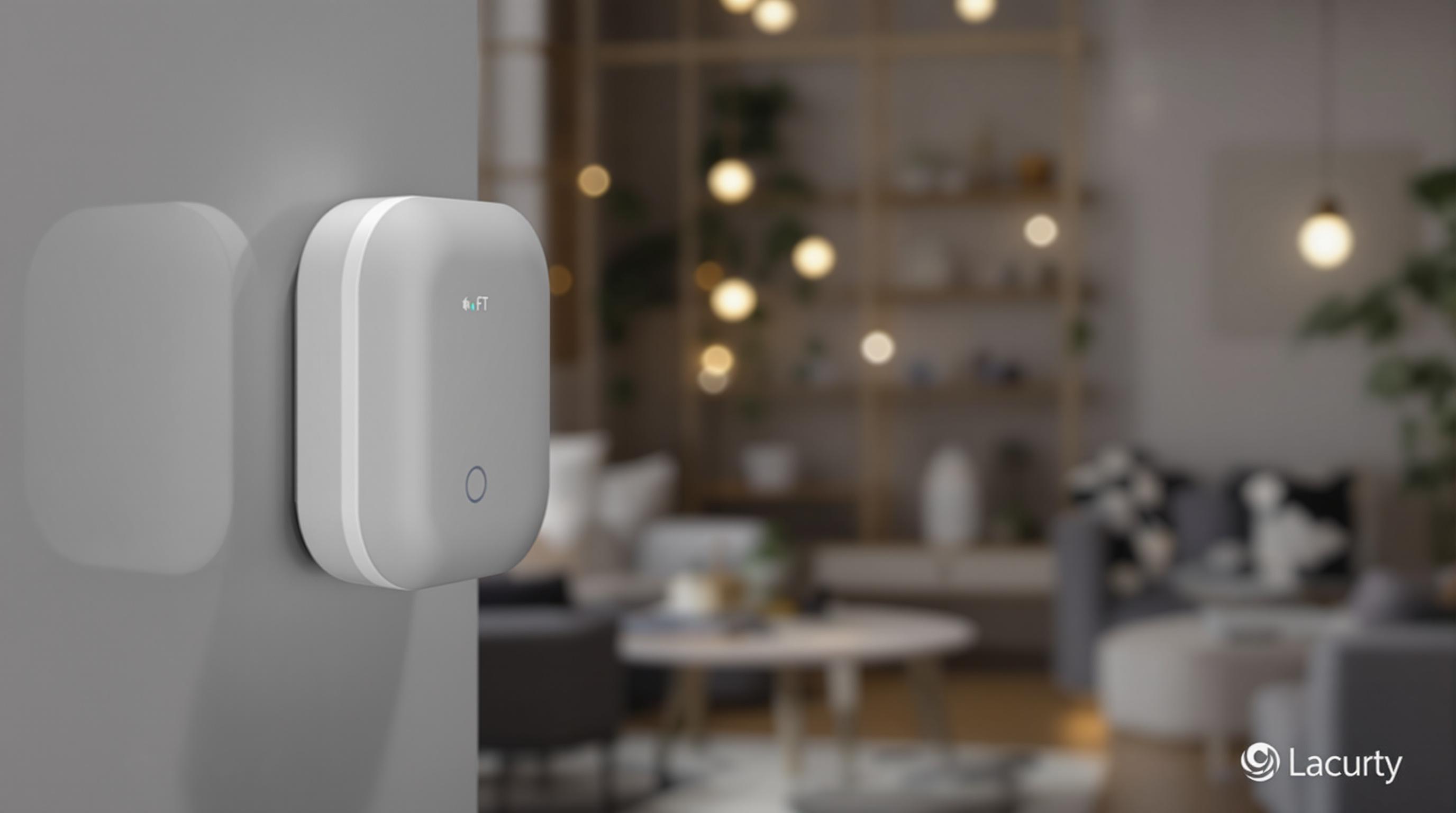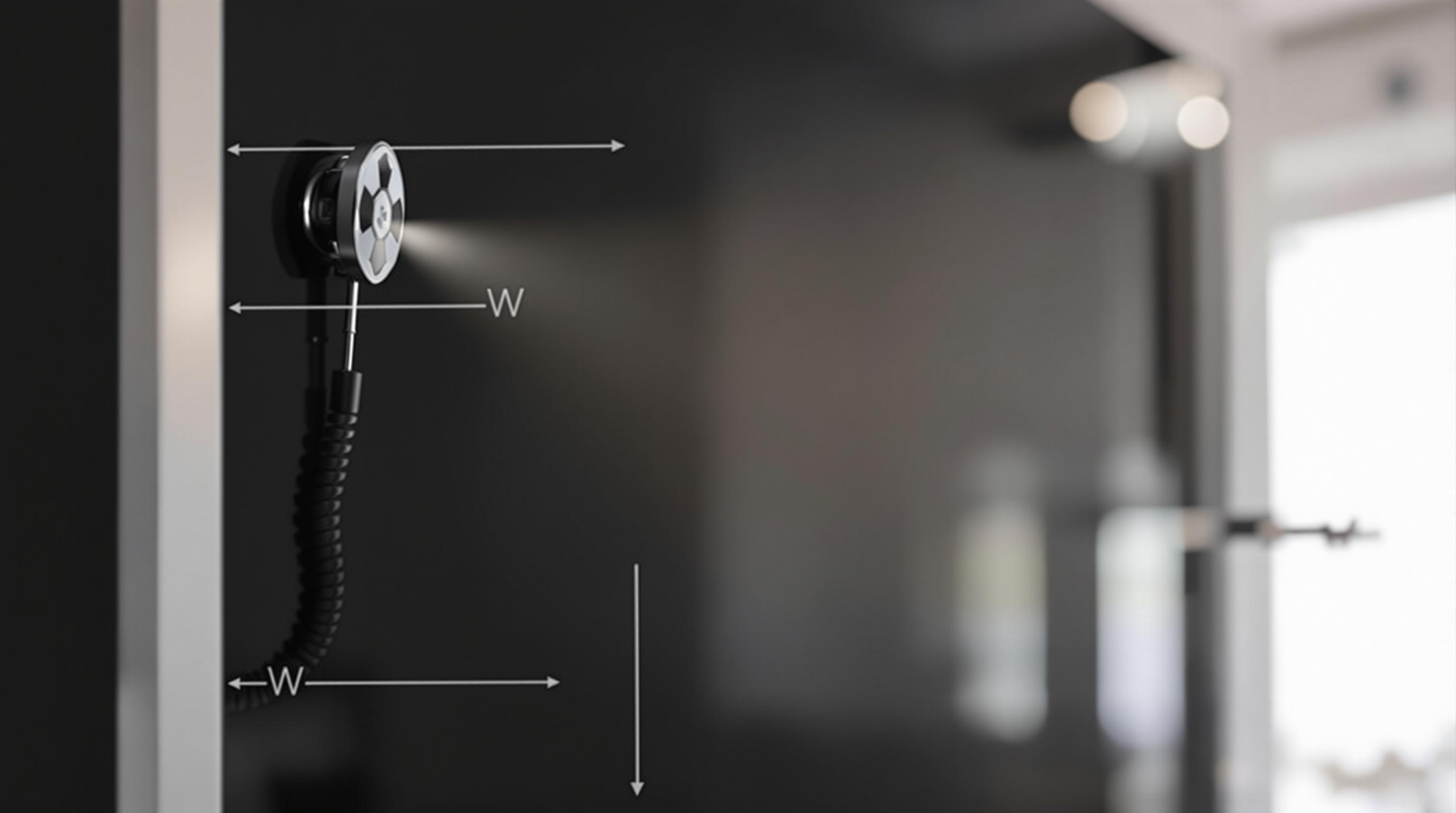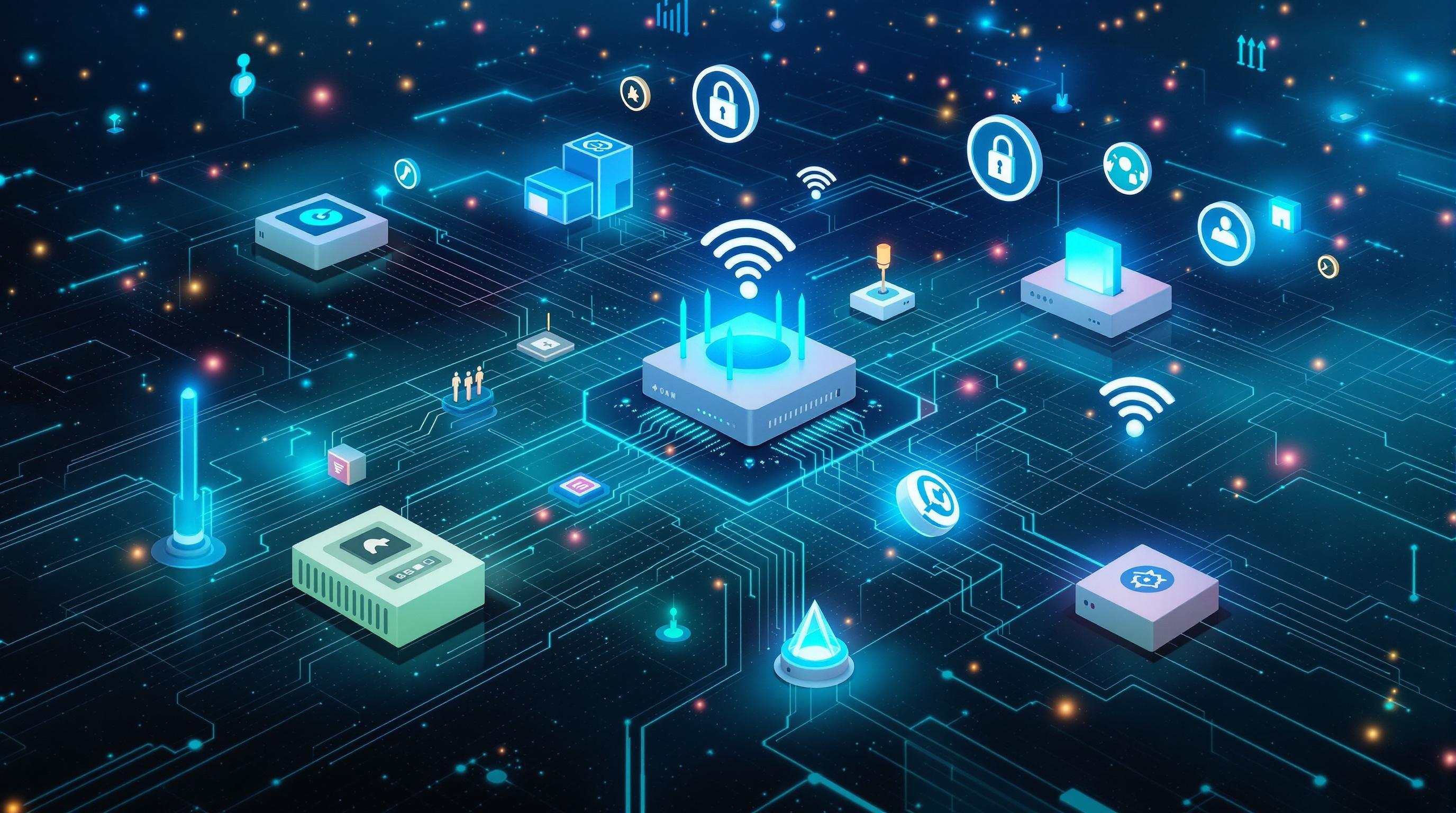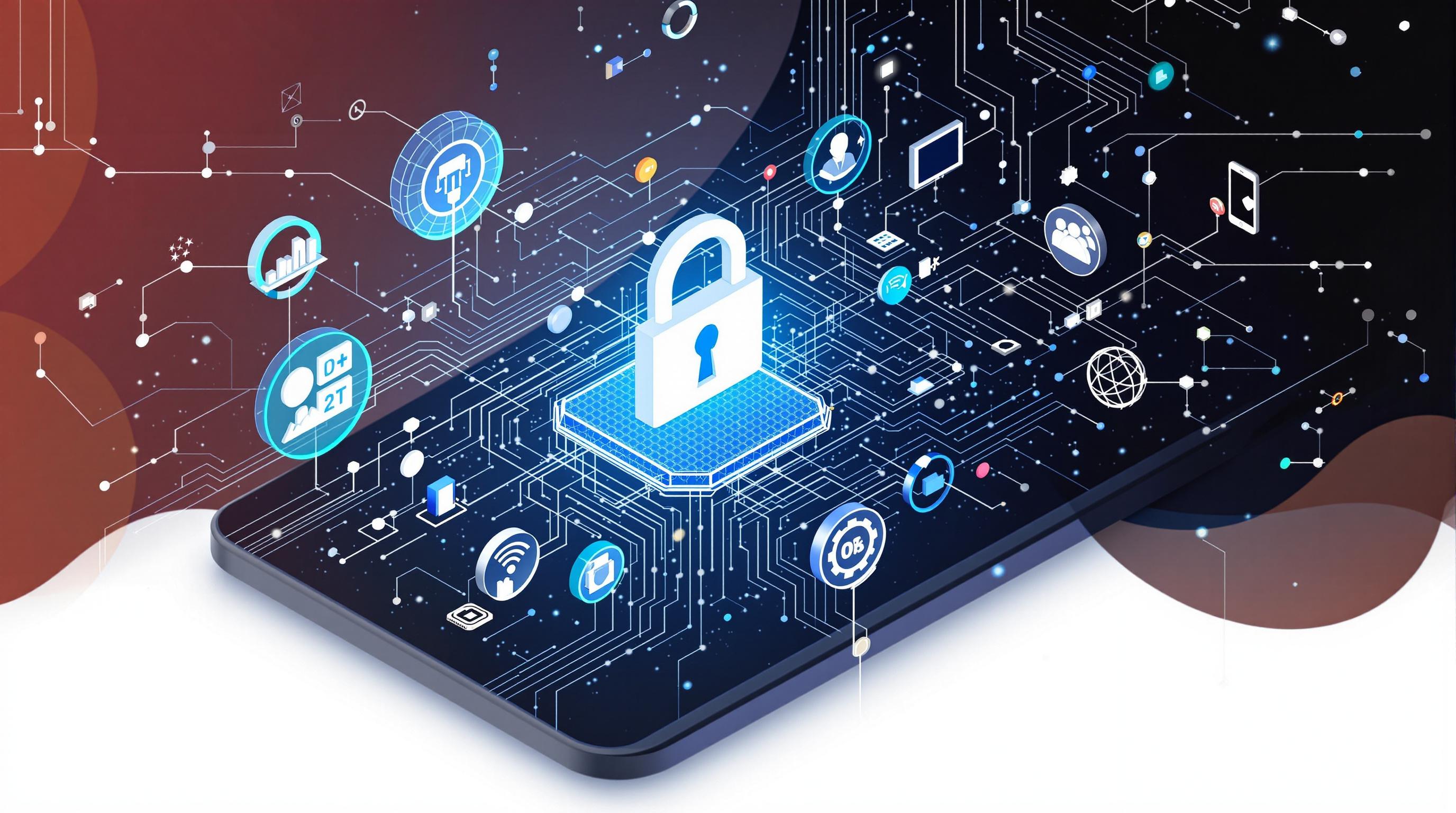Related Articles
- Unseen Boundaries: How Privacy Laws are Shaping the Ethics of AI and Biometric Data Use in Everyday Life
- 5 Emerging Privacy Gadgets from the Last Five Years That Are Redefining Data Control in Unexpected Ways
- 7 Cutting-Edge IoT Security Devices Released Since 2019 That Are Changing How We Protect Smart Homes
- When Everyday Objects Turn Rogue: Unveiling the Unseen Risks of IoT Device Mischief in Smart Homes
- 7 Cutting-Edge VPNs Evaluated for Compliance with New Privacy Laws and User Rights in the Last Five Years
- 5 Game-Changing Cloud Privacy Gadgets Launched Recently That Outsmart Mainstream Security Solutions
The Silent Guardians: How Microbial Networks Could Inspire Next-Gen Device Protection Systems
The Silent Guardians: How Microbial Networks Could Inspire Next-Gen Device Protection Systems
Microbial networks, the unseen architects of life, offer profound insights into building resilient, adaptable protection systems for our devices. From their intricate communication methods to robust self-healing abilities, these microscopic communities could revolutionize cybersecurity and hardware defense.
Unlocking Nature’s Blueprint: What Microbial Networks Teach Us
At first glance, bacteria and fungi might seem like unlikely role models for technology. Yet, these microorganisms communicate through vast networks known as biofilms and mycelial mats that exhibit astonishing resilience and adaptability.
Consider quorum sensing, a microbial communication mechanism where bacteria coordinate behavior based on population density, efficiently adapting to threats. Imagine a cybersecurity system that could detect intrusions by "sensing" abnormal traffic and collectively launch a defense without human intervention. This is not science fiction but a plausible future guided by biology.
Case Study: Mycelium’s Network Resilience
In forests, fungal mycelium networks connect trees, facilitating resource sharing and communal defense. Research from the University of Oregon shows that these underground webs repair themselves almost instantly after damage, maintaining ecosystem health. Translating this to electronics could mean devices that self-heal after cyberattacks or hardware failures.
Statistics on Microbial Communication
Studies indicate that >90% of microbial species use chemical signals to communicate, coordinating their activities like a well-orchestrated symphony (Miller & Bassler, 2001). Replicating such networks in software could create near-autonomous defensive ecosystems.
The Tech Talk: Mimicking Microbial Networks in Device Security
Imagine your laptop defending itself like a biofilm layer on a wound—a microbial community forming a barrier, blocking infections, and repairing damage swiftly. Applied to devices, this model could lead to distributed security systems where components monitor and protect each other.
A growing trend in cybersecurity leans toward decentralized defense rather than centralized control, similar to microbial colonies. Instead of a single firewall, multiple nodes work together to identify and isolate breaches, cutting off threats like microbial cells limit pathogen invasions.
Conversational Insight from a 26-Year-Old Tech Enthusiast
"Think about your phone as a busy city street," says Maya, a software developer from San Francisco. "Microbes manage to keep their communities protected by constant chatter and quick reactions. If our devices could "talk" and adapt in real-time, hacking attempts would get a lot harder."
Injecting Humor: Why Your Devices Should Be More Like Mushrooms
Picture this: Your computer acting like a mushroom. No, it won’t sprout overnight—unless your tech literally starts eating your furniture—but it might start whispering secrets to the printer, telling it to be extra careful with that 100-page document.
Unlike a stubbornly unresponsive device, fungi laugh in the face of adversity, quickly patching up broken connections. If your laptop could pull this magic, those frustrating crashes would be a thing of the past, and no more hair-pulling when updates bungle the system.
Storytelling: The Tale of Nano, the Microbial Protector
In a lab at MIT, researchers engineered a tiny microbial community named "Nano" to simulate protective webs inside a computer chip. When a virus tried to infiltrate, Nano cells rearranged themselves to block the attack while sending alerts to the system. Though in early stages, Nano’s story hints at a future where tiny guardians keep our digital realms safe.
Challenges and Critics: Not All Sunshine and Mushrooms
Of course, integrating microbial-inspired defenses into devices isn’t without hurdles. The complexity of microbial communication networks is still not fully understood, and translating biological signals into digital protocols requires immense interdisciplinary work.
Critics argue that relying on such complex, self-organizing systems could introduce unpredictability—security systems might “overreact” or fail to respond correctly, much like false alarms. Nevertheless, ongoing studies in biomimicry and synthetic biology are steadily addressing these concerns.
Examples from Industry Adoption
IBM’s research division has experimented with bio-inspired algorithms to detect anomalies in network traffic, reporting up to a 30% improvement in threat detection rates (IBM Research, 2022). These early wins underline the potential benefits despite the challenges.
The Human Angle: Why This Matters to You
Whether you're a student, a professional, or simply someone who enjoys their smartphone, understanding and embracing bio-inspired device protection could profoundly impact your digital safety. As cyber threats grow more sophisticated, so too must our defenses.
Imagine a future where your device, much like a microbial network, learns and improves with experience, making hacking exponentially harder. This evolution promises not only better security but longer device lifespans and reduced electronic waste.
A Final Reflection
At 54, reflecting on decades of technological advances, I see microbial networks as silent guardians of the natural world. Their ability to protect, communicate, and adapt offers inspiring blueprints for building the next generation of device protection systems. After all, sometimes the smallest teachers offer the biggest lessons.
References:
Miller, M. B., & Bassler, B. L. (2001). Quorum sensing in bacteria. Annual Reviews in Microbiology.
IBM Research. (2022). Bio-inspired cybersecurity algorithms improve threat detection. IBM Publications.
University of Oregon. (2020). Mycelium networks and ecosystem resilience studies. UO Press Releases.
